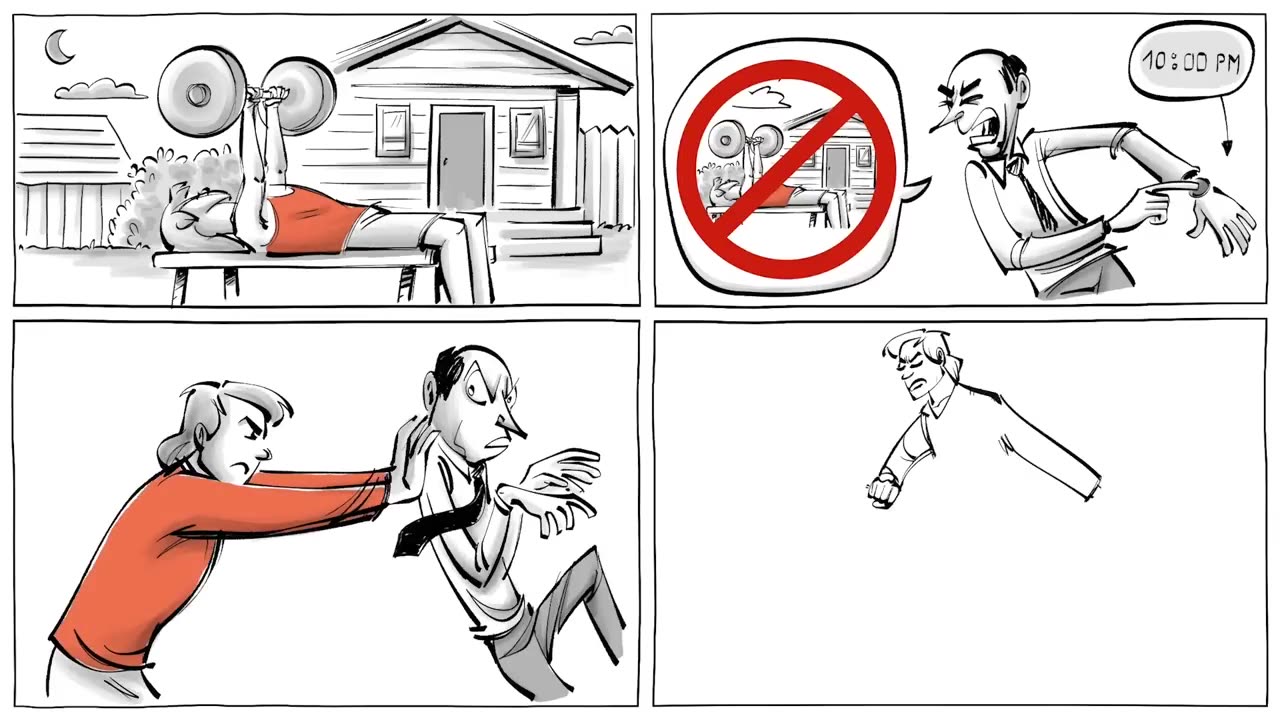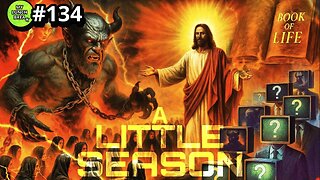Premium Only Content

Positive and Negative Liberty: Who has more Freedom?
Positive and negative liberty are two different ways of thinking about freedom. Positive liberty is the ability to act on one's will and to take control of one's life. Negative liberty is the absence of interference from others.
So, who has more freedom? The answer depends on how you define freedom. If you believe that freedom is the ability to do whatever you want, then someone with more negative liberty would have more freedom. However, if you believe that freedom is the ability to achieve your goals and live a fulfilling life, then someone with more positive liberty would have more freedom.
There are different ways to promote negative and positive liberty. For example, negative liberty can be promoted by laws that protect individual rights and freedoms. Positive liberty can be promoted by social programs that help people to achieve their goals and live a fulfilling life.
It is important to note that negative and positive liberty are not mutually exclusive. In fact, they often go hand-in-hand. For example, a society that has strong social safety nets may give people more opportunities to achieve their goals and live a fulfilling life. Additionally, a society that protects individual rights and freedoms may also create a more positive environment for people to exercise their freedom.
Ultimately, whether someone has more negative or positive liberty is a matter of perspective. However, it is important to consider both dimensions of freedom when thinking about what it means to be free.
Here is an example to illustrate the difference between negative and positive liberty:
Negative liberty: A person has the freedom to walk down the street without being stopped by the police.
Positive liberty: A person has the freedom to get a job and support themselves.
In the first example, the person has negative liberty because they are not being interfered with by the government. In the second example, the person has positive liberty because they have the ability to achieve their goal of getting a job and supporting themselves.
It is possible for someone to have a lot of negative liberty but not much positive liberty. For example, a person who is homeless may have the freedom to walk down the street without being stopped by the police, but they may not have the ability to get a job and support themselves.
It is also possible for someone to have a lot of positive liberty but not much negative liberty. For example, a person who is living in a totalitarian state may have the ability to achieve their goals, but they may not have the freedom to express their opinions or to criticize the government.
The ideal society would be one that promotes both negative and positive liberty. This would allow people to live their lives freely and to achieve their goals.
-
 11:52
11:52
Exploring With Nug
8 hours ago $0.33 earnedUnderwater Search for Missing Person Finds Sunken ATV in Lake!
1.92K1 -
 50:54
50:54
Russell Brand
4 hours agoLIVE at Student Action Summit - Let’s Talk Power, People, and Possibility!
89.2K10 -
 22:23
22:23
MYLUNCHBREAK CHANNEL PAGE
1 day agoA Little Season
27.2K26 -
 55:06
55:06
MattMorseTV
4 hours ago $19.76 earned🔴Pam Bondi is getting SET UP ??🔴
62.8K102 -
 43:45
43:45
On Point Politics
3 hours ago $3.23 earnedStudent Action Summit - 2025 Current Events Panel | Featuring Red Eagle, Alex Stone, Monsieur Z
24.3K7 -
 1:12:39
1:12:39
Jeff Ahern
4 hours ago $2.76 earnedThe Saturday Show with Jeff Ahern
20.6K5 -
 23:54
23:54
Tactical Advisor
4 hours agoAll Carbon Fiber Rifle | Vault Room Live Stream 032
25K4 -
 47:09
47:09
Vince Dao
5 hours ago $13.06 earnedFed Chair, Pam Bondi Consider RESIGNING as Trump Scores MAJOR Economic and Immigration Victories
42.2K35 -
 47:41
47:41
Michael Franzese
15 hours agoI Don’t Believe the Epstein Case Is Closed — Here’s Why
53.6K101 -
 36:50
36:50
The Brett Cooper Show
2 days ago $12.36 earnedWhy Conservatives Are Outraged At Trump & Superman Controversy | Episode 47
62.1K83